
Prologue
“The first week of August hangs at the very top of summer, the top of the live-long year, like the highest seat of a Ferris wheel when it pauses in its turning. The weeks that come before are only a climb from balmy spring, and those that follow a drop to the chill of autumn, but the first week of August is motionless, and hot. It is curiously silent, too, with blank white dawns and glaring noons, and sunsets smeared with too much color. Often at night there is lightning, but it quivers all alone. There is no thunder, no relieving rain. These are strange and breathless days, the dog days, when people are led to do things they are sure to be sorry for after.” Babbitt, Tuck Everlasting, pg. 3.
In my opinion, the first paragraph of Natalie Babbitt’s Tuck Everasting is one of the most perfectly written paragraphs in English literature. I say that knowing that the style and purpose of Babbitt’s Prologue echoes that of Ray Brabury’s Prologue to Something Wicked This Way Comes, which takes place in October. We’ll study Something Wicked in October.
In her prologue to Tuck, Babbitt tells us that the book is taking place in August, and it also tells us that in the book, the month of August is more than the eighth month of the year.
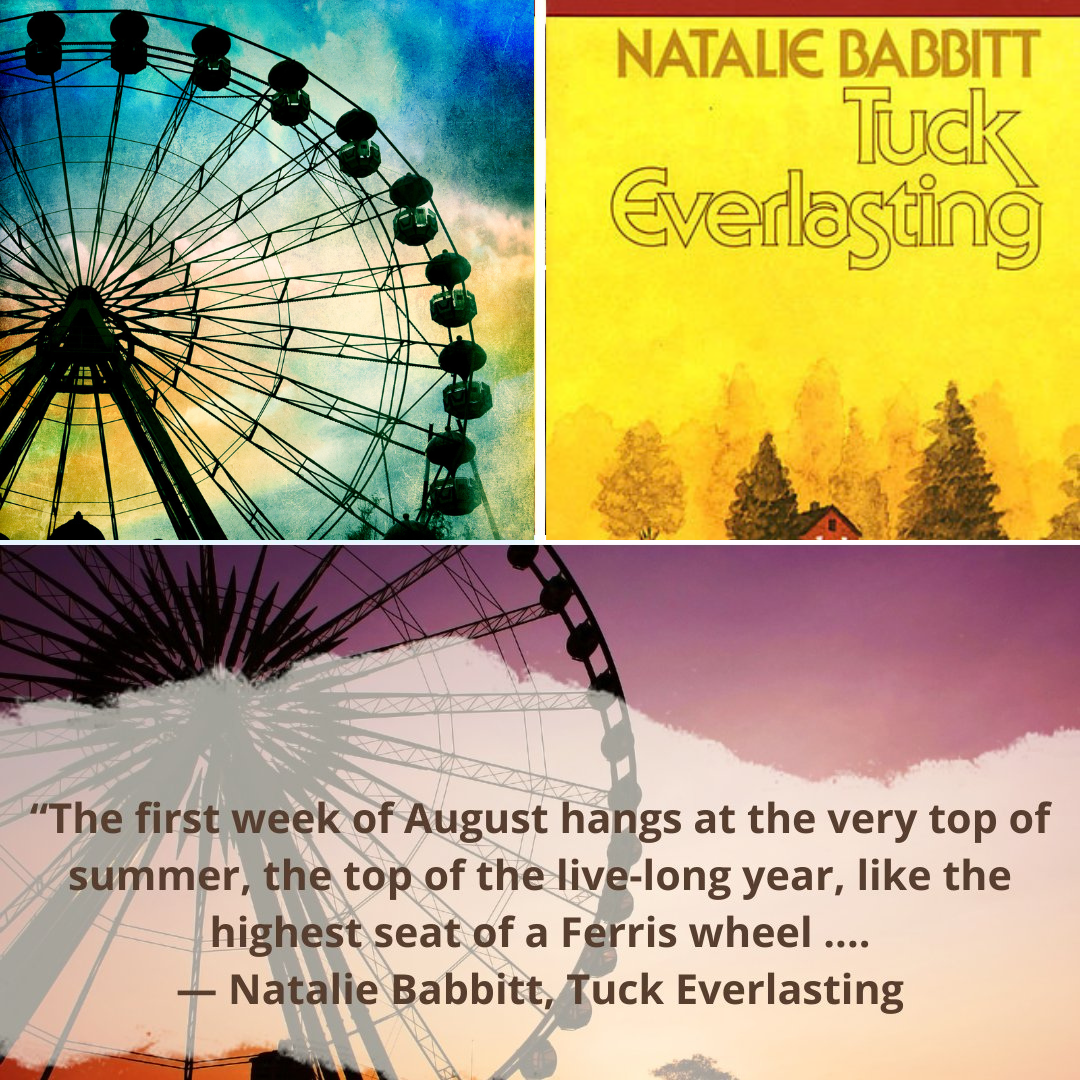 Within the first sentence of Tuck, Babbitt alludes to the months of the year and compares the calendar to a Ferris wheel. In doing so, Babbitt has established one of the themes of Tuck Everlasting: The Seasons of the Year as They Relate to the Seasons of Life.
Within the first sentence of Tuck, Babbitt alludes to the months of the year and compares the calendar to a Ferris wheel. In doing so, Babbitt has established one of the themes of Tuck Everlasting: The Seasons of the Year as They Relate to the Seasons of Life.
To be certain that the reader understands her symbolism, Natalie Babbitt speaks later in the Prologue about wheels and their hubs: “..the hub of the wheel. All wheels must have a hub. A Ferris wheel has one, as the sun is the hub of the wheeling calendar.” Babbitt, Tuck Everlasting, pg. 4.
Clearly, this book is talking about passages of time.
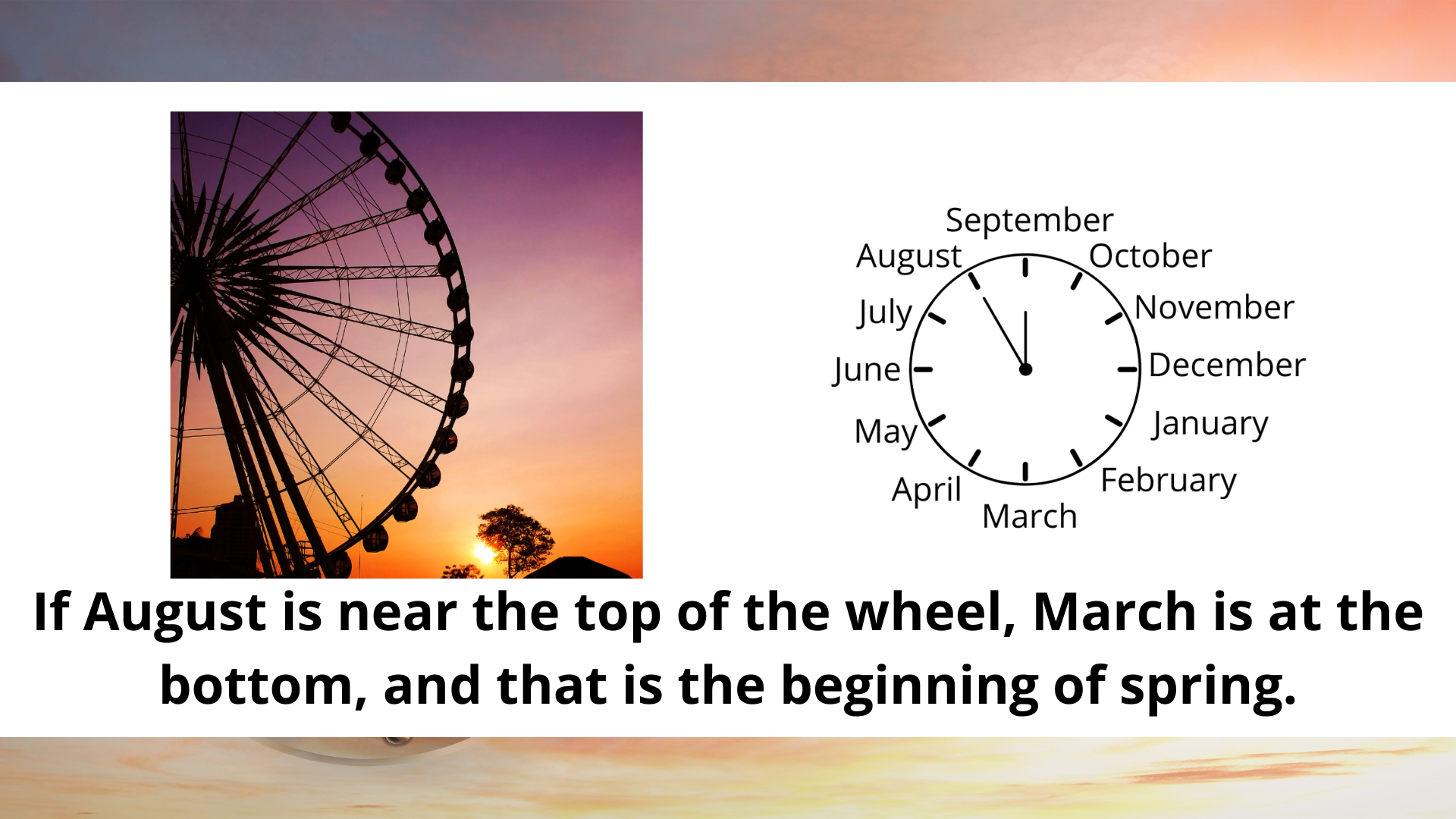
On the above image, we can see that September is the top of the Ferris Wheel, and September is the first month of autumn.
The months of Autumn are September, October, and November, and the weather is vastly different in Autumn. In literary terms, Autumn is often regarded as the time in human life when people are older,
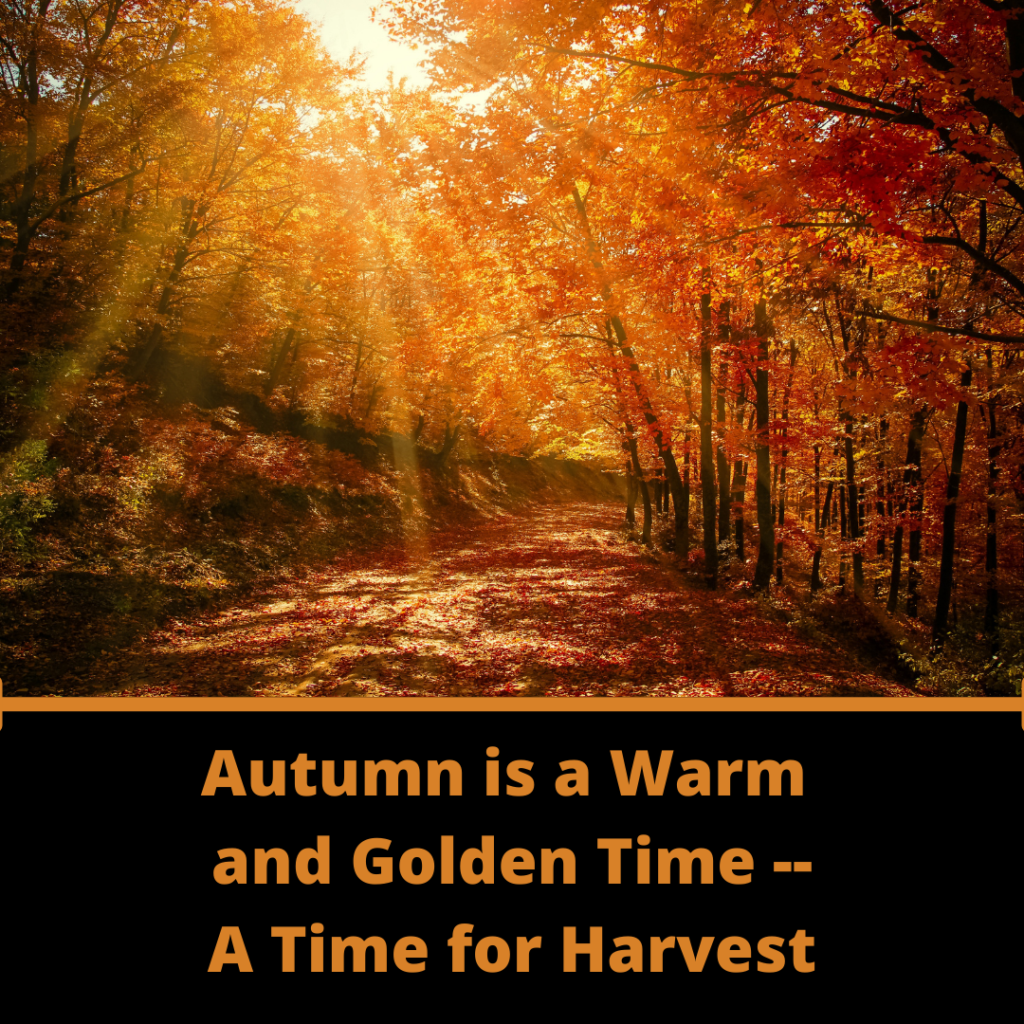
For some of the charcters in Tuck Everlasting, some of the usual laws of time have no bearing, and that abnormality in the seasons of life becomes the conflict that drives the plot.
In the Prologue, Natalie Babbitt first tells us that both Ferris Wheels and Suns have hubs. Hubs, in Tuck Everlasting, are devices of Time.

Sundial in Jacki Kellum’s Garden
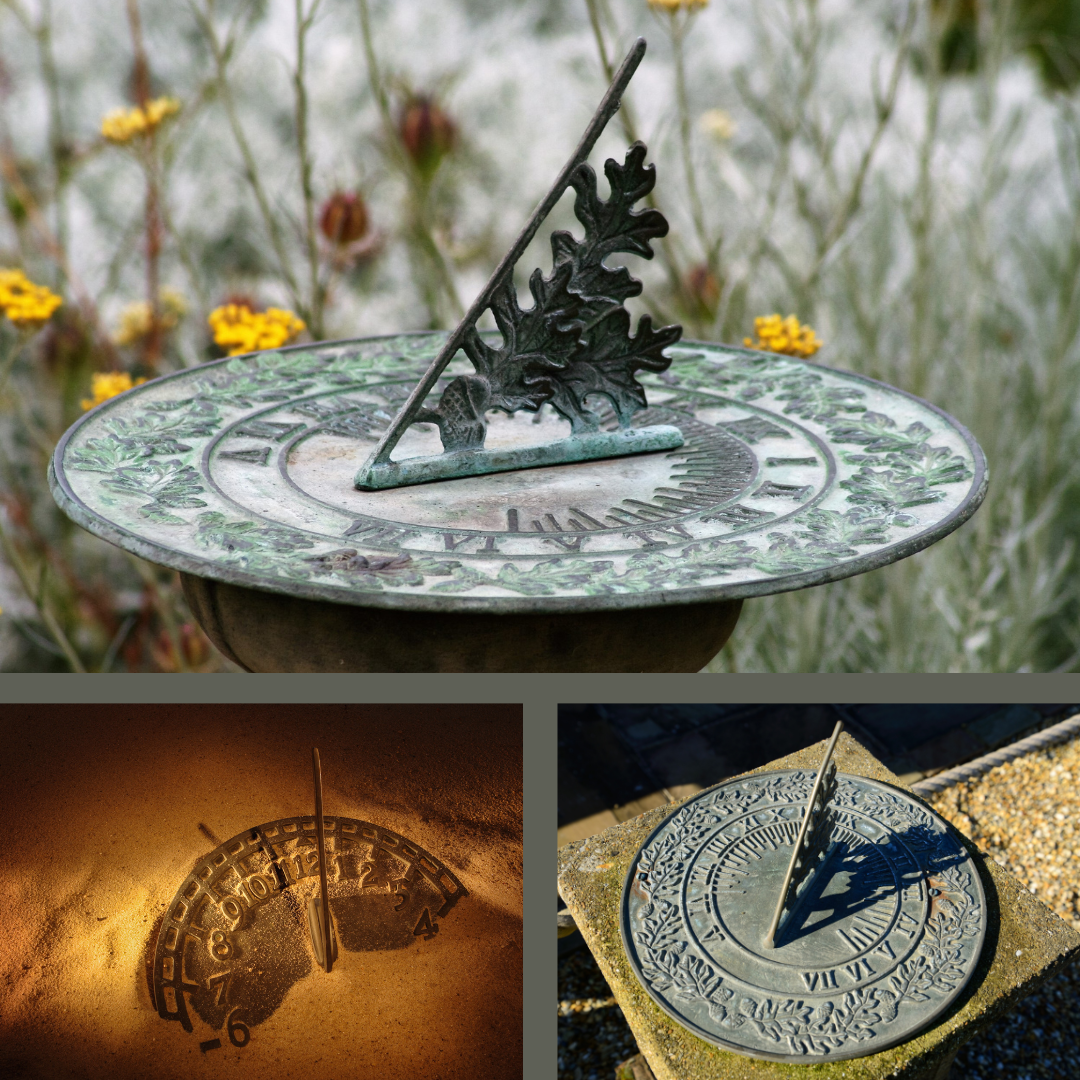
Sundials Have Hubs. They Are Proof That for Centuries, Humanity Has Been Aware of Time.
People have used sundials for thousands of years.
“A sundial is an instrument specifically designed for determining the hour of the day by projecting the sun’s shadow … on a set of hour lines. …The history of the sundial reaches far back into antiquity and the earliest descriptions and examples date from the Egyptian Period (around 1500 B.C.). Also from ancient Greece and Rome numerous examples, large as well as pocket-sized, are preserved. Especially in the Islamic world the need for observing the daily prayer times….” Epact
Clocks are similar Hubs of Time, and each day is a monument of time. Dawn is the beginning of each day and Night is at the end of each day. It is interesting that all the charcters in Tuck Everlasting experience night and day in the same way, but we’ll discover that they do not experience the passage of years in the same way.
In the Prologue to Tuck Everlasting, Babbitt continues her discussion of the progresssion of Time as follows:
“One day at that time, not so very long ago, three things happened and at first there appeared to be no connection between them.
[1] At dawn, Mae Tuck set out on her horse for the wood at the edge of the village of Treegap. She was going there, as she did once every ten years, to meet her two sons, Miles and Jesse.
[2] At noontime, Winnie Foster, whose family owned the Treegap wood, lost her patience at last and decided to think about running away.
[3] And at sunset a stranger appeared at the Fosters’ gate. He was looking for someone, but he didn’t say who.” Babbitt, Tuck
In the next sentence, Babbitt tells us that The Wood or Nature is the Center of the hub around which this book will revolve:
“No connection, you would agree. But things can come together in strange ways. The wood was at the center, the hub of the wheel. All wheels must have a hub. A Ferris wheel has one, as the sun is the hub of the wheeling calendar. Fixed points they are, and bestleft undisturbed, for without them, nothing holds together. But sometimes people find this out too late.” Babbitt, Tuck, pg. 4
The Element of Time began when God Created the World:
In the beginning, the world was a dark, wet void, but he created light. After that, he created the Sun and the Moon, and with that creation, He Created Time.
As long as there is a world, Time will continue to march along–like a clock.
Winters will come, but they will always be followed by Spring. Mankind has not figured out a way to usurp God’s authority in Time:
In Nature, we Watch Time and Nature is an important theme in Tuck Everlasting. As we progress through the book, we’ll discover that Babbitt describe Nature beautifully.
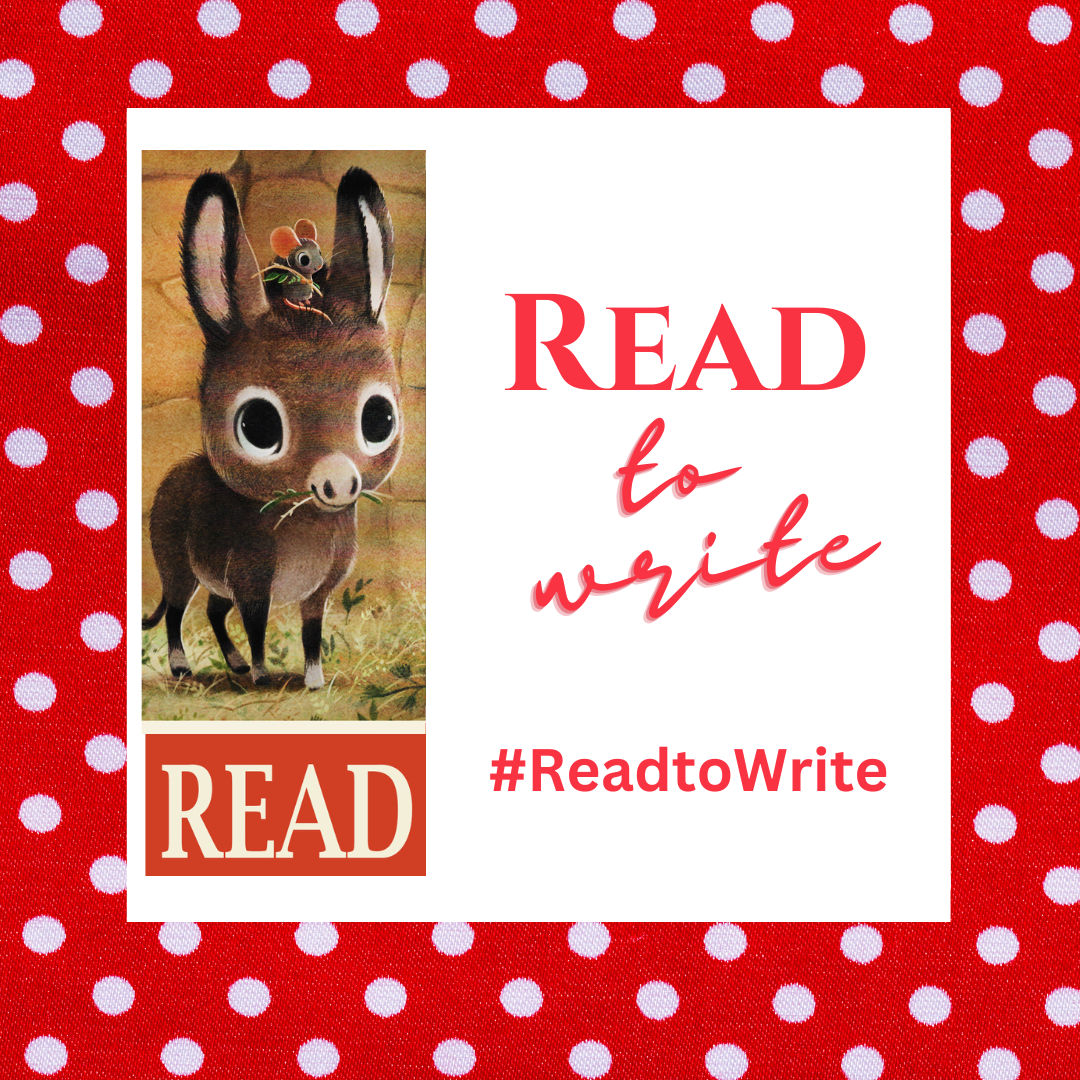
I have several reasons for studying Babbitt’s Tuck Everlasting. Primarilly, this book offers writers a Handbook Filled with Writing Tips. Today, we’ll look at a successful use of a Prologue in a book.
If you want to learn more about the use of Prologues in writing, see the following post:
Discover more from Jacki Kellum
Subscribe to get the latest posts sent to your email.